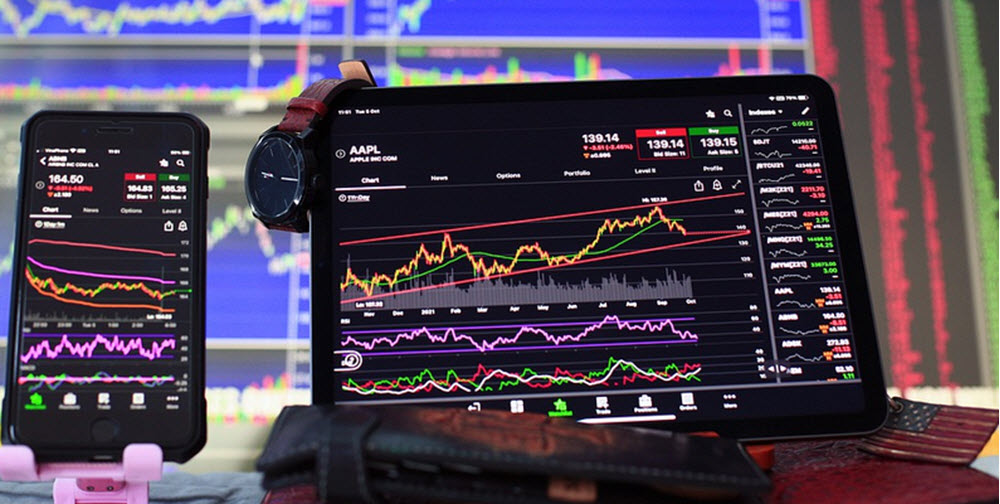A Contract for Difference (CFD) is a contract between two parties stipulating that one of them will pay the other the difference between the current value of an asset and its value at contract time.
The Contract for Difference (CFD) is a fairly new invention. It was developed in London in the 1990s, with the two main driving individuals being Brian Keeland and Jon Wood at the Swiss multinational investment bank and financial services company UBS Warburg. In its infancy, the proto CFD was a type of equity swap traded on margin.

The CFD concept was eventually picked up by hedge funds and institutional traders seeking a cost-effective method for gaining exposure to shares listed on the London Stock Exchange. Not actually changing ownership of any shares kept transaction costs down, especially considering the UK stamp duty on shares. CFD:s also makes is easy to speculate on falling prices without having to do an actual short-selling of shares.
Retail CFD trading
In the late 20th and early 21st century, improved internet connections made it possible for the retail trading industry to develop online. Now, ordinary consumers could engage in small-scale trading online and huge transaction costs would not eat all their profits. Previously, you needed to have a fairly large wallet to trade, as large fixed transaction costs would eradicate any profits yielded from a tiny deal. As a part of the emergence of retail trading online, consumers were offered the opportunity to engage in CFD trading.
Why is CFD trading so popular among retail traders?
- If you use CFD:s, you do not need a big bankroll to gain exposure to price movements. Actually buying 1 share in a big famous stock company can cost several hundred dollars. With CFD:s you can invest much less and still get exposure to that share price.
- CFD:s makes is easy to speculate on falling prices. What should a small-scale trader do when they have reason to believe that the price of a share, commodity, or similar is about to go down? Yes, short-selling is a possibility, but it is risky since the theoretical loss is without limit. A CFD is easier to use and you can know upfront exactly how much money you are putting at risk.
- CFD:s can help you with your risk management strategy. If you have €10,000 to trade with and spend them all on buying 40 shares in a high-valued company, you are putting all your eggs in one basket. With CFD:s it is easier to select exactly how much you want to risk on each investment, and make sure your spread risk in a sensible manner.
- Brokers that offer CFD:s typically offer them substantial leverage. This has helped make CFD:s popular among retail traders, since it gives them access to credit for their trades. Trading on credit adds risk, however, so it is important to know what you are doing and employ smart risk-management strategies.Today, many brokers offer negative balance protection, meaning that you can not end up in debt to the broker – you can not lose more than the total value of assets in your trading account.
How much leverage a broker is allowed to offer a non-professional trader is limited in many jurisdictions, and also by many of the licensing authorities. In some cases, the expected volatility of the underlying asset impacts maximum permitted leverage, meaning that speculation on blue-chip stocks or major currency pairs can be carried out using larger leverage than speculation on Dogecoin, and so on.
This article was last updated on: January 10, 2022
